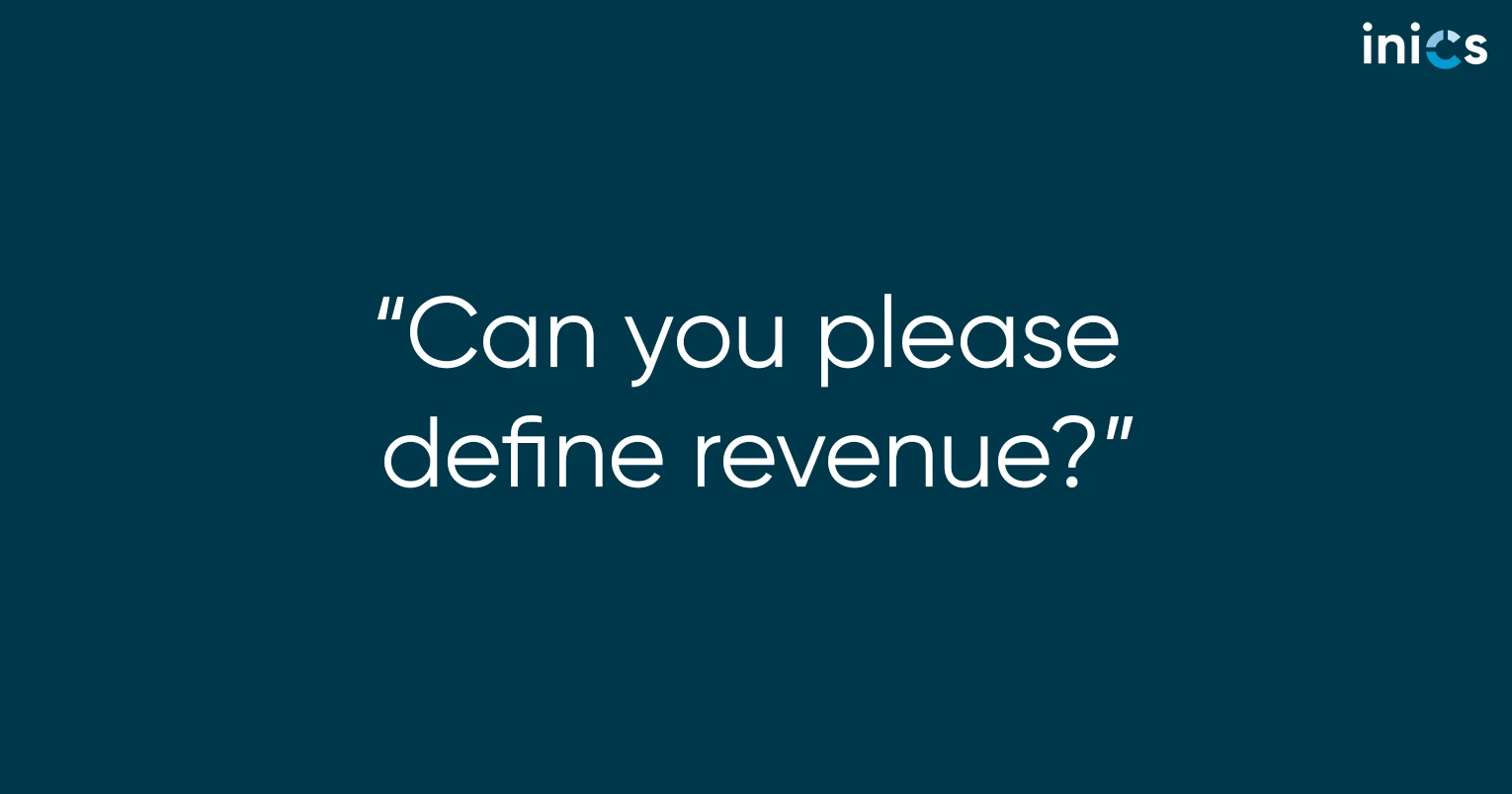Crime Scene: White Goods, Red Numbers
The Loading Dock - a Data Crime Story about Missing Controls, Alibis, and the Forensic Tracing of Numbers


1. Crime Scene:
The Loading Dock - First Suspicion
The assignment:
“Take a look at the numbers.”
The scene: an online retailer for electronics and white goods - warehouses, loading docks, the daily rhythm of supply chains.
On paper, everything looked solid: revenue, sales, brands.
But hidden in the backroom of the reports lay a silent alibi, numbers that only pretended to tell the truth.
When companies collapse, the loading dock is often the first crime scene: this is where shipments move in and out, where logistics drive up costs, and where the trail begins.
And right here, something essential was missing: the correct allocation of delivery costs.
2. The Alibi:
Two Euros of Margin
The main clue: washing machines sold with a margin of two euros, an alibi that didn’t hold up.
On paper, it was a small profit; in reality, a concealed loss zone.
The “alibi” was a faulty calculation: inventory and transport costs weren’t accounted for, markups weren’t updated.
The longer you looked, the clearer the pattern became: the numbers offered the management an alibi - plausible, reassuring figures that crumbled under forensic inspection.
3. Forensic Evidence:
How the Data was Investigated
Our investigative routine looked like this:
- Evidence collection: export of booking entries, logistics invoices, and legacy Excel models.
- Forensic analysis: comparing actual shipping costs per SKU to those used in cost accounting.
- Witness interviews: discussions with purchasing, logistics, and sales, often yielding conflicting statements.
Result: Clear evidence.
The delivery costs had systematically been omitted. The sales growth wasn’t a sign of strength: it was the drop that made the barrel overflow.
4. The Motive:
Routine and Negligence
In a real data crime, the culprit is rarely malicious.
Here, the motive was routine: processes that had “always been done this way,” an Excel alibi that no one questioned, and the inertia to adapt models.
In calm times, that may work, in times of crisis, routine becomes a trap.
Professional investigators would say:
Motive = convenience + lack of ownership
→ Result = systematic misrepresentation of numbers.
5. The Witnesses:
Excel, Dashboards, and Data Trails
The witnesses took many forms:
- Excel sheets (old witnesses with vague memories)
- BI dashboards (polished statements with little depth)
- ERP logs (the silent key witnesses)
No single witness was reliable on its own.
Only the combination of all sources produced a consistent, court-proof picture.
6. The Trial:
Management vs. Reality
Once the facts came to light, the uncomfortable trial began: management versus numerical reality.
The first reaction often resembled a defense strategy:
“It’s always been like that.”
“That’s not our responsibility.”
But numbers are stubborn. They reveal facts, even against established narratives.
In this courtroom of data, the modern controller plays the role of the analyst expert: they present the evidence and demand action.
7. The Sentence:
Sanctions and Prevention
What follows from a data crime like this? Two levels of response:
- Immediate action (emergency response):
Corrected contribution margins, instant adjustments to pricing and costing models, and short-term liquidity control. - Structural measures (prevention):
Permanent data governance, annual forensic audits, clear data ownership, and integrated data models connecting procurement, logistics, and controlling.
The bottom line is:
the punishment for negligence is restructuring; the prevention is transparency.
8. Lessons from the Data Crime:
A Checklist for Decision-Makers
- Don’t accept alibis: question any margin that looks too good.
- Inspect the scene: review the loading dock (Are shipping and logistics costs correctly booked?)
- Establish evidence routines: run regular forensic checks at the SKU level.
- Connect your witnesses: align ERP, CRM, BI, and procurement definitions.
- Assign ownership: who is accountable for the validity of cost and margin logic?
9. Conclusion:
When Numbers Lie, It’s Often Human Failure
This wasn’t a thriller with a villain in the classic sense - it was a crime of negligence.
The numbers had no intent to deceive; the organization simply failed to protect them.
“White Goods, Red Numbers” isn’t an isolated case, it’s a pattern.
Those who don’t treat their data like evidence risk that the very same data will one day testify against them.

Don’t wait until your numbers become evidence against you.
We help you build forensic-grade BI and controlling structures - with clear data governance, traceable costing logic, and reliable margins. Take back control before your data does.
Book a consultationThomas Howert
Founder and Business Intelligence expert for over 10 years.
Discover more articles

AI is a Bubble
So was the Internet.

Critical Path Thinking: Conducting Your Data Pipelines Like an Orchestra
The CFO doesn’t care if 200 tables reload on time. He cares if the P&L is ready before the board call. That’s the critical path. Your data’s conductor.

Data Governance and the Single Source of Truth
Companies often come to us because their reporting doesn’t add up. Dashboards contradict each other, KPIs are inconsistent, and the root cause is almost always assumed to be technical.
